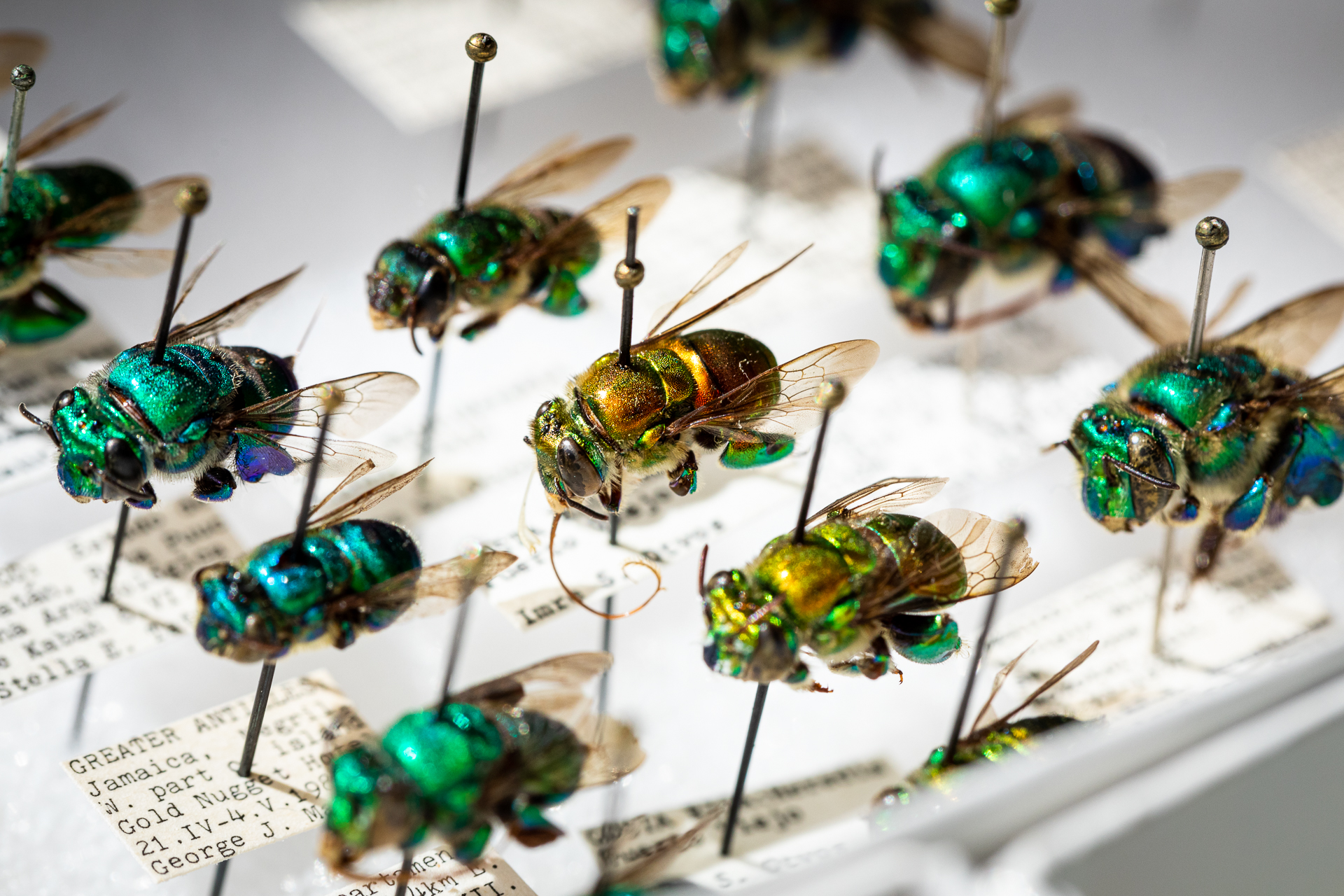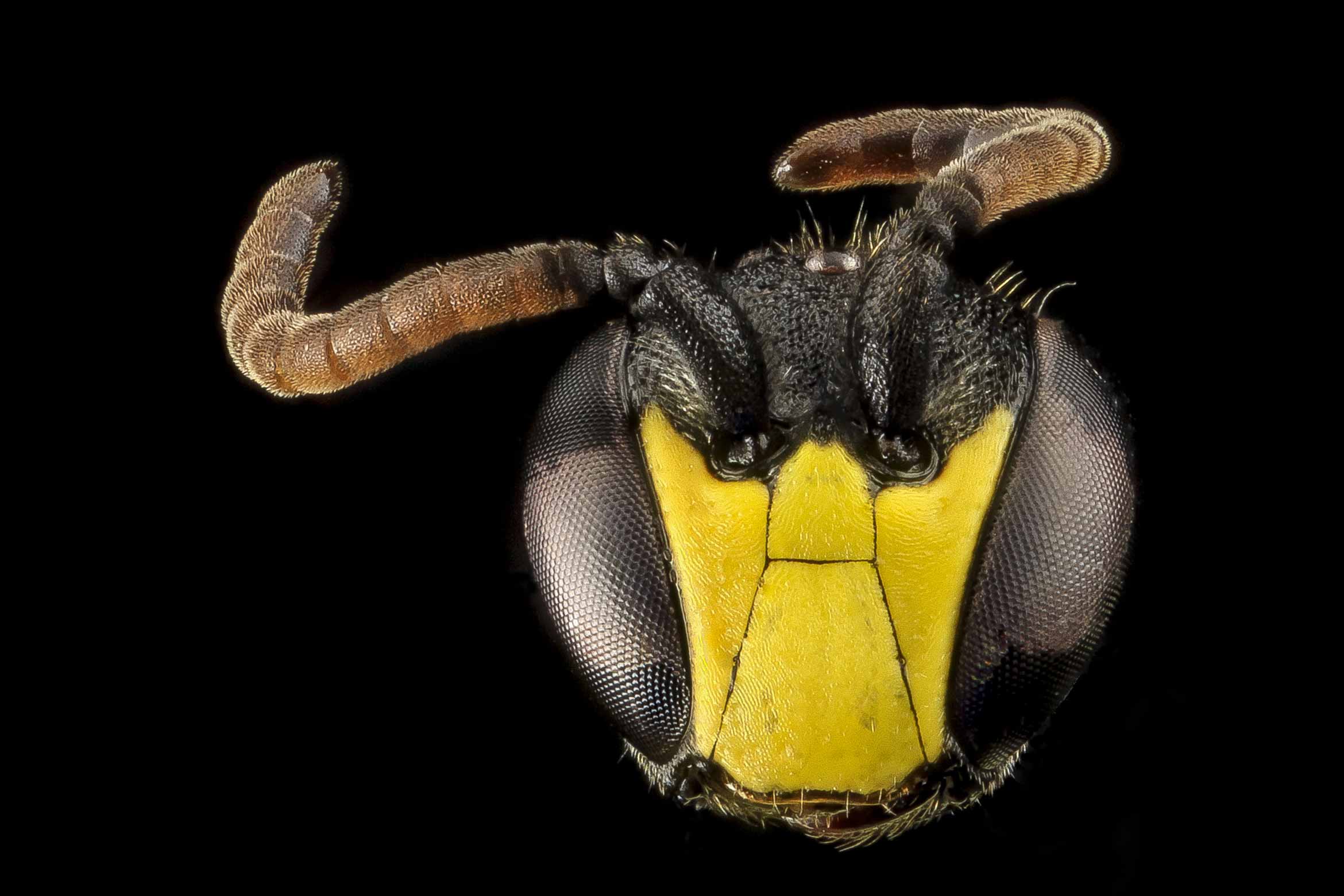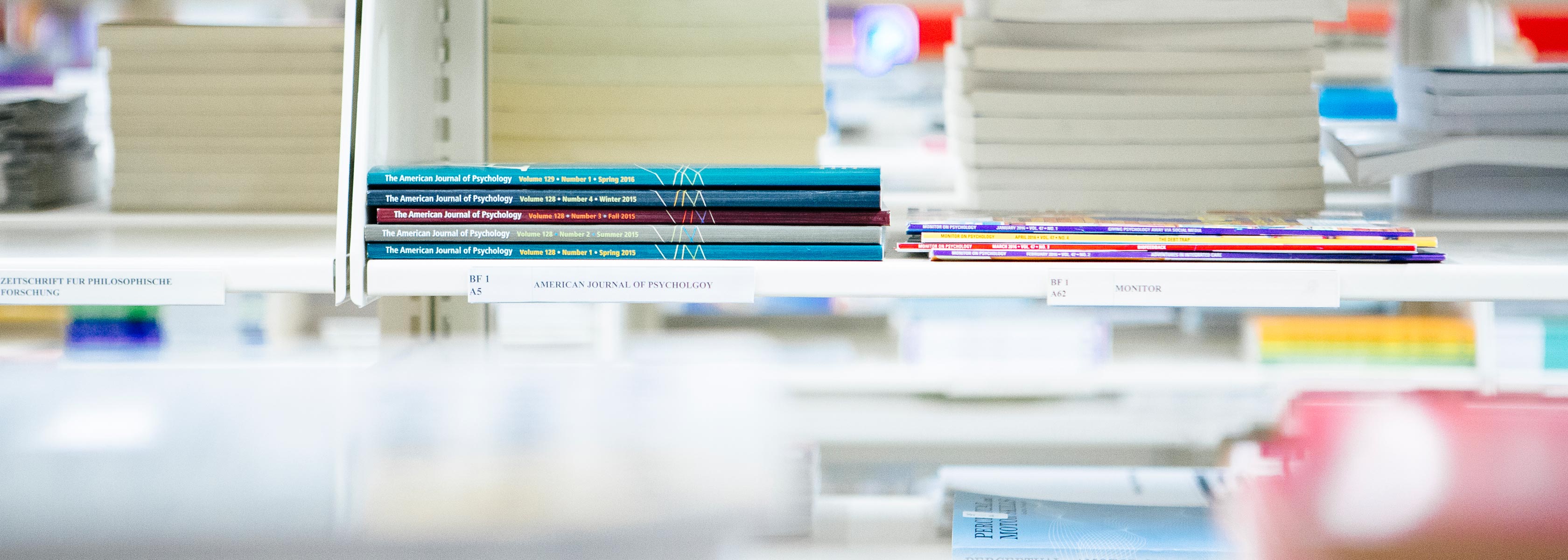At first glance, the best chance at salvation for dozens of wild, native bee species is a rather scraggly sight: clumps of what look to the untrained eye to be dusty weeds, whether scattered around the new visitor’s plaza at North Campus Open Space, atop the bluffs above Campus Point or in the garden boxes beneath the stained-glass windows of St. Michael’s University Church in Isla Vista.
But upon closer examination, a rainbow of colors explodes from these native plants: deep purple hues on floppy white datura flowers, shocks of vibrant orange on California poppies, flashes of pastel pink on wild roses, sherbetlike oranges on monkey flowers, subtle lavenders on the puffy caterpillar phacelia, radiant pops of gold on the deerweed.
Inside many of these flowers, patient observers can spot an array of insects — often no bigger than a couple millimeters, but sometimes more imposing, even lumbering in clumsy flight. Some will be flies, and some may be beetles, but many of these flying bugs are wild bees, all working hard to collect pollen from these plants to bring back to their underground dens, pollinating along the way.
Much buzz is made about the scary trajectory of honeybees, the ubiquitous domestic species brought by Europeans to the New World centuries ago for candle wax, honey and crop pollination, an especially important honeybee usage today. In short, they’re dying in mass amounts — nearly 50% of American beekeeper hives died between April 2020 and April 2021 — and no one knows exactly why. That’s a big problem for the human diet, in which one out of every three bites of food comes from something that honeybees pollinated.
But even less understood is the status and fate of native bee species, of which 1,600 live in California — a healthy fraction of the 4,000 total known to be in the United States and the more than 20,000 species worldwide. Many scientists believe that native bee populations are in a deeper dive than honeybees, with as many as a quarter in severe risk of extinction. This decline could have disastrous effects on the ecosystem at large, putting numerous plant and animal species into a tailspin. Wild bees may also be playing significant roles in our food production system, though that too remains a bit of a mystery.
PLAN BEE
UC Santa Barbara is not taking this sting lightly. Under a range of initiatives, students and faculty alike are monitoring which bees are on campus while planting pollinator gardens, all in hopes of combating the loss of coastal sage scrub and other ecosystems that have been paved over during past decades. And this year, the campus joined a coalition of 13 universities nationwide in what may be the most ambitious research project ever regarding wild bee populations. Altogether, these efforts are improving ecosystems and, perhaps most importantly, inspiring students to get engaged in solutions that they can actually see working.
“It is easy to see a tangible difference,” said Alyssa Jain, a third-year student who grew up afraid of honeybees in San Jose. The environmental studies major became enthralled with native bee species at UCSB, where more than 70 have been identified. Nearly two years ago, she started Plan Bee, which has developed gardens at St. Michael’s, at the UCSB Greenhouse and Garden Project around Harder Stadium, and around the faculty housing developments of West Campus and Storke Road.
“With these gardens, the plants will bloom and we can show other students that there are more bees there and different species of bees,” said Jain, who led a tour of the sites this past April and plans for more. “It’s really rewarding to have an impact that you can see.”
Jain got involved in Plan Bee as part of UCSB’s Environmental Leadership Incubator program. That’s where she met Katja Seltmann, a parasitic wasp researcher by background who is now the director of the Cheadle Center for Biodiversity and Ecological Restoration. Upon arriving at UCSB in 2016, Seltmann saw the opportunity to use bees as a vehicle, both for supporting habitat restoration projects and for providing a positive outlet to students who wanted to make a difference.
“As an entomologist, it’s commonly a struggle to get people excited about insects,” said Seltmann, whose parents supported her bug bewilderment while she grew up in Raleigh, North Carolina. “I love insects, and if other people knew what I do, they would love them just as much. At least with bees, the messaging is out there and people are starting to understand their importance for humans and our planet.”





